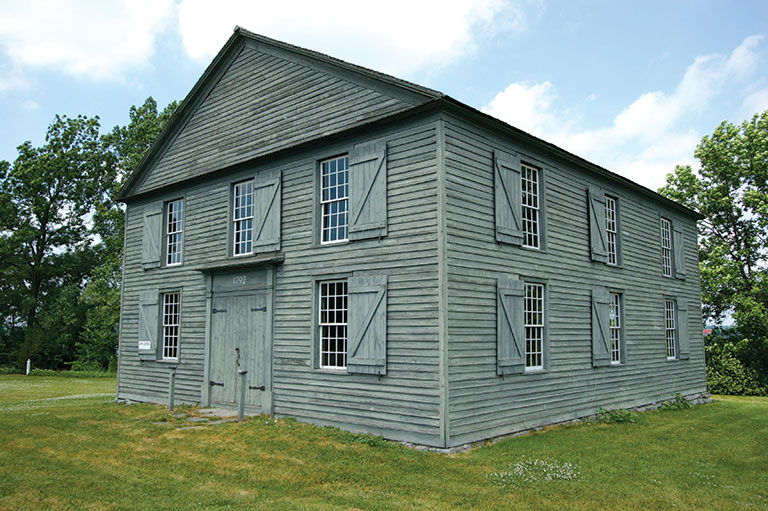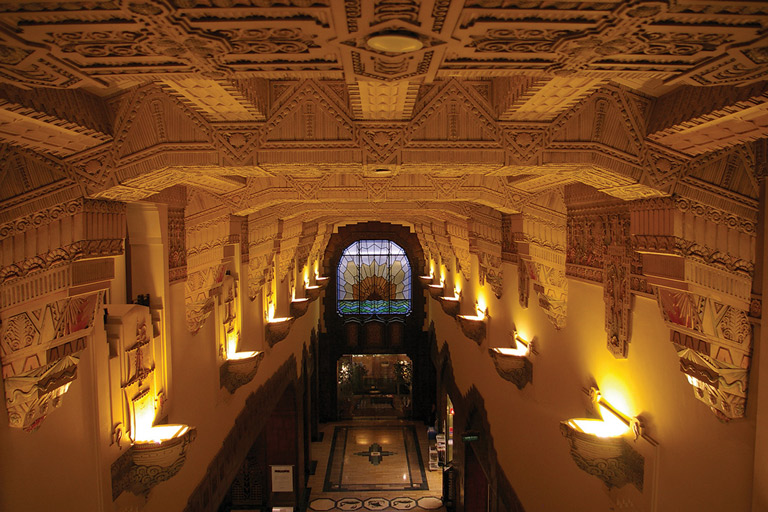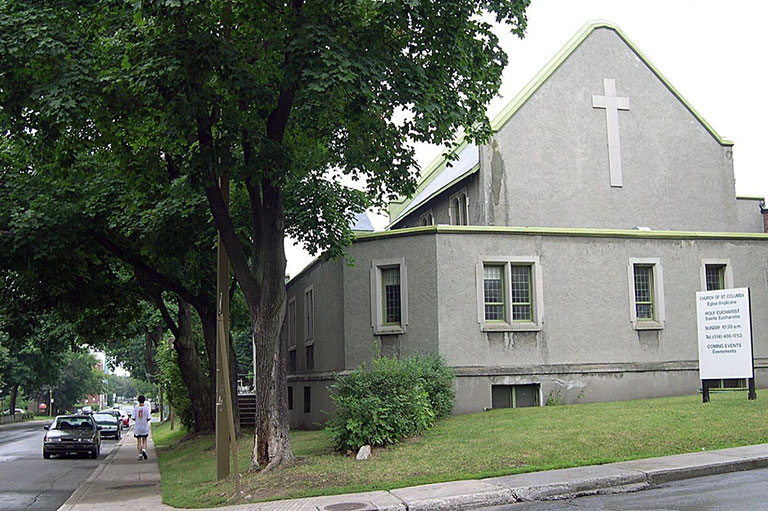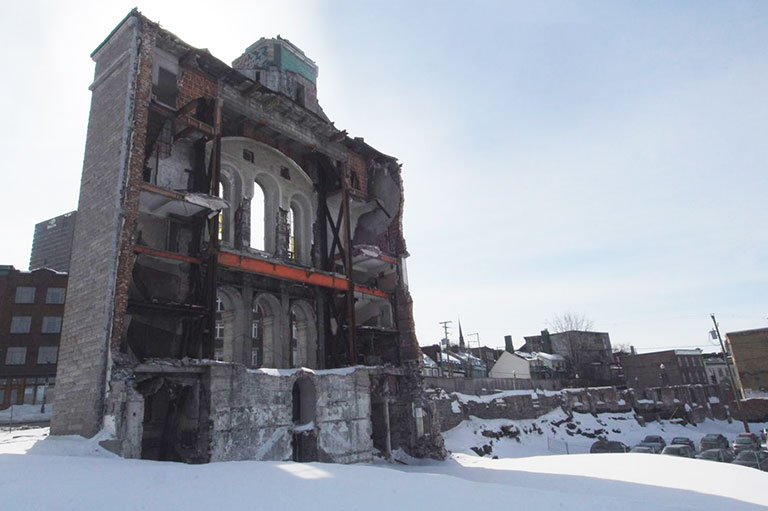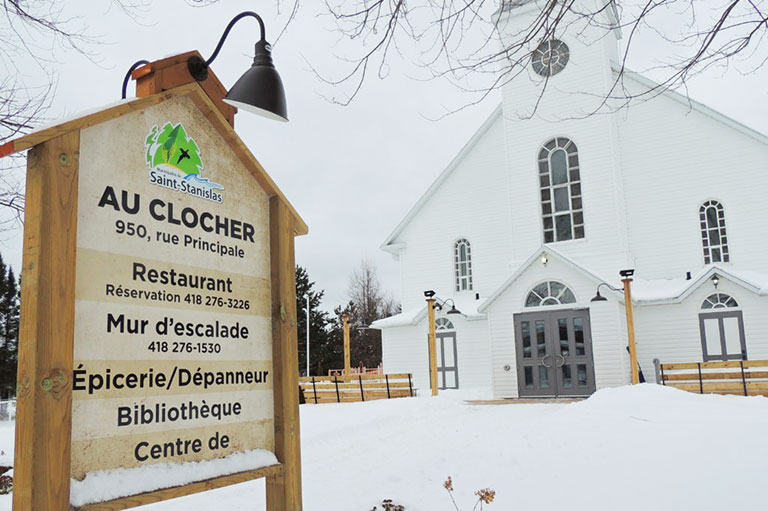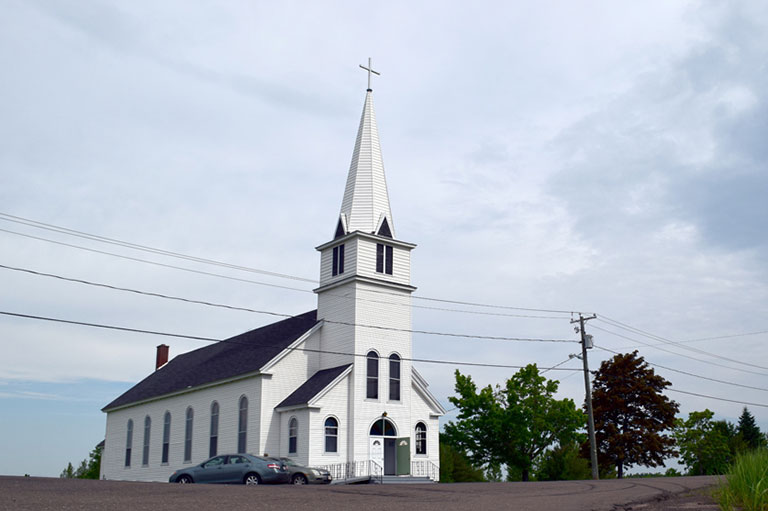Divine by Design
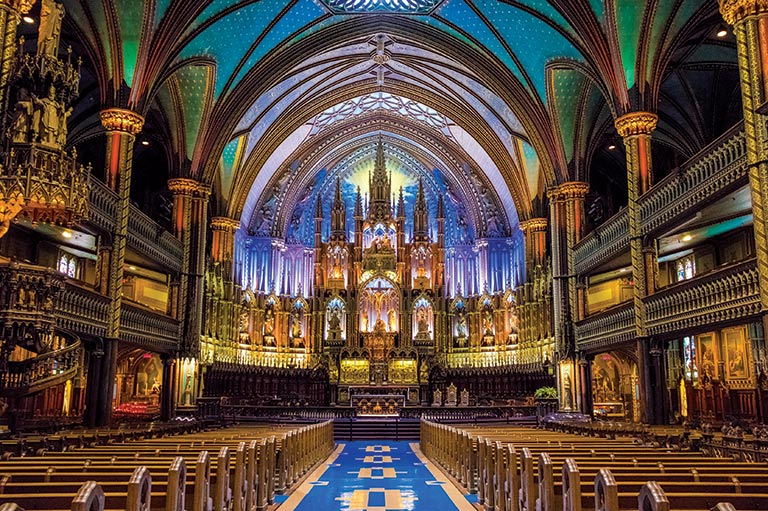
The construction of Montreal’s magnificent Notre-Dame Basilica began in 1824. This historic project, which would take several decades to complete, was a response to the city’s burgeoning population, which had outgrown the existing 150-year-old Notre-Dame Church. It was also the result of a power struggle between the Sulpician religious order and the bishop of Montreal.
At around the same time as Bishop Jean-Jacques Lartigue was turning the sod for the Saint-Jacques Cathedral, the Sulpicians — unwilling to give up their authority to the newly installed bishop — backed the construction of the rival Notre-Dame Basilica. In the end, Notre-Dame would endure to become an iconic fixture of Montreal, while Saint-Jacques, plagued by several fires, was eventually sold off and demolished in the 1970s.
The Notre-Dame parish chose an Irish-born Protestant from New York — architect James O’Donnell — to design and to oversee the construction of the basilica. Inspired by the neo-Gothic style then popular in Europe, O’Donnell gave the structure its characteristic massive twin bell towers and elaborate pointed arches.
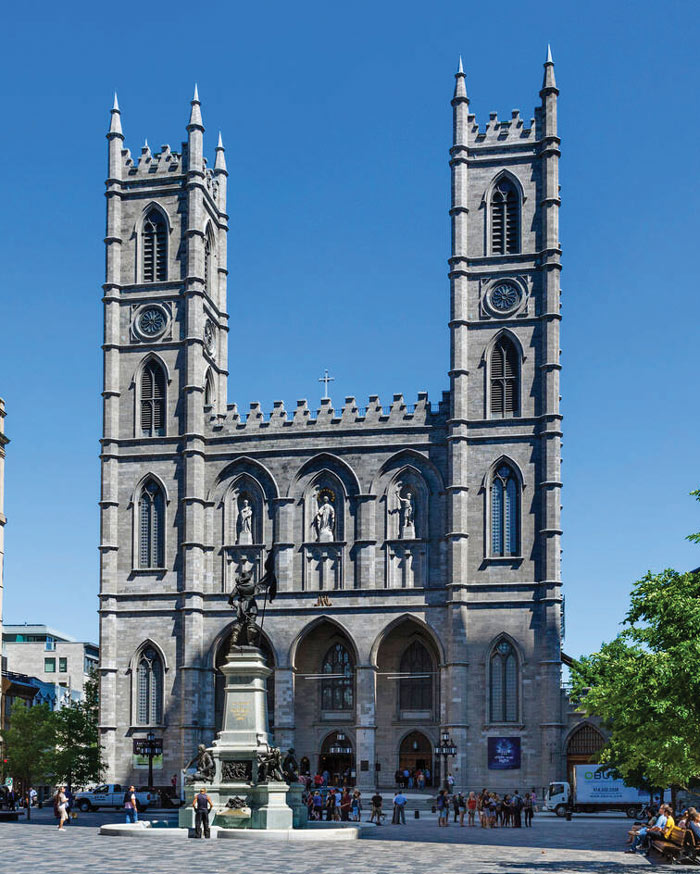
Unfortunately, O’Donnell never saw his finished creation. He died in 1830, after converting to Catholicism on his deathbed. His remains were placed within the crypt of the basilica.
The sanctuary, completed the year O’Donnell died, can accommodate between eight and ten thousand worshippers. The two towers were built by 1843, and by the time the facade was finished in 1865 the basilica stood as a truly imposing edifice. It was the largest place of worship in North America, until St. Patrick’s Cathedral was built in 1879 in New York.
In its early years, the interior adornment of the basilica was subject to criticism. In particular, a window blinded the congregation during Mass by backlighting the ceremony. Consequently, in 1872 the task of refurbishing the interior was entrusted to architect Victor Bourgeau. His use of colour, gold-leaf motifs on the ceiling, and details on the columns were inspired by the Sainte-Chapelle in Paris.
Numerous changes transformed the basilica’s aesthetics in the twentieth century. The most notable was relocating the altar to the sanctuary’s centre; this enabled the priest to face the congregation and was a shift influenced by the Second Vatican Council.
Notre-Dame was designated a National Historic Site in 1989. Since its founding, the basilica has been the site of major religious and cultural events, including state funerals. Music lovers go there to enjoy concerts, choirs, and its famous Casavant organ. Receiving up to a million visitors annually, it is one of the most popular attractions in Montreal.
We hope you’ll help us continue to share fascinating stories about Canada’s past by making a donation to Canada’s History Society today.
We highlight our nation’s diverse past by telling stories that illuminate the people, places, and events that unite us as Canadians, and by making those stories accessible to everyone through our free online content.
We are a registered charity that depends on contributions from readers like you to share inspiring and informative stories with students and citizens of all ages — award-winning stories written by Canada’s top historians, authors, journalists, and history enthusiasts.
Any amount helps, or better yet, start a monthly donation today. Your support makes all the difference. Thank you!
Themes associated with this article
Advertisement
With 7 uniquely curated newsletters to choose from, we have something for everyone.

